Written by: TinTinLand
In early 2025, JPMorgan CEO Jamie Dimon was still publicly denouncing Bitcoin as a "Ponzi scheme."
However, just six months later, this bank, which once scoffed at cryptocurrency, announced it would pilot the issuance of JPMD deposit tokens on Coinbase's public chain Base, supporting 24/7 real-time settlement, becoming an alternative to compliant stablecoins.
Such plot twists are not isolated incidents. Web3, once regarded as a fringe technology by the mainstream business community, is now being actively embraced by traditional business giants.
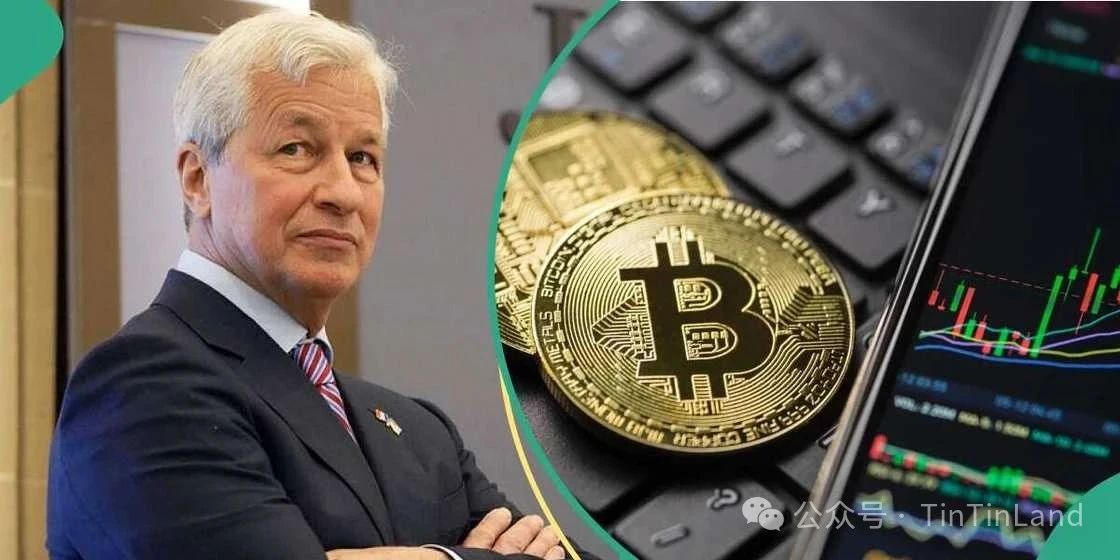
PayPal launched the Ethereum-based stablecoin PYUSD, Citibank and Bank of America are advancing their own stablecoin plans, the world's largest asset management company BlackRock is moving money market funds onto the blockchain, JD.com is laying out cross-border payment stablecoins, and Ant Group is issuing RWA tokens for new energy assets on-chain…
Traditional industry giants are transforming their core businesses with Web3. When the wave of technological change truly arrives, those who seize the opportunity may grasp the rules of future capital flows.
This article will review those traditional industry giants that are redefining themselves with Web3. Let's take a look at the sectors they are laying out!
New Energy On-Chain: Digitalization of Green Assets
In the past, blockchain applications were mostly confined to the financial sector. Now, green infrastructure such as photovoltaic power plants and wind farms is also starting to "go on-chain." These assets, which once seemed cold, become divisible and tradable through digital tokens, opening up new financing channels for the new energy industry.
Ant Group's Breakthrough Attempt
In March 2025, Ant Group collaborated with the Shanghai Tree Map Blockchain Research Institute to put approximately 4,000 battery swap cabinet assets operated by Anhui Xunying New Energy Group on-chain, issuing digital tokens aimed at the private placement market, achieving China's first RWA project deployed on a public chain platform.
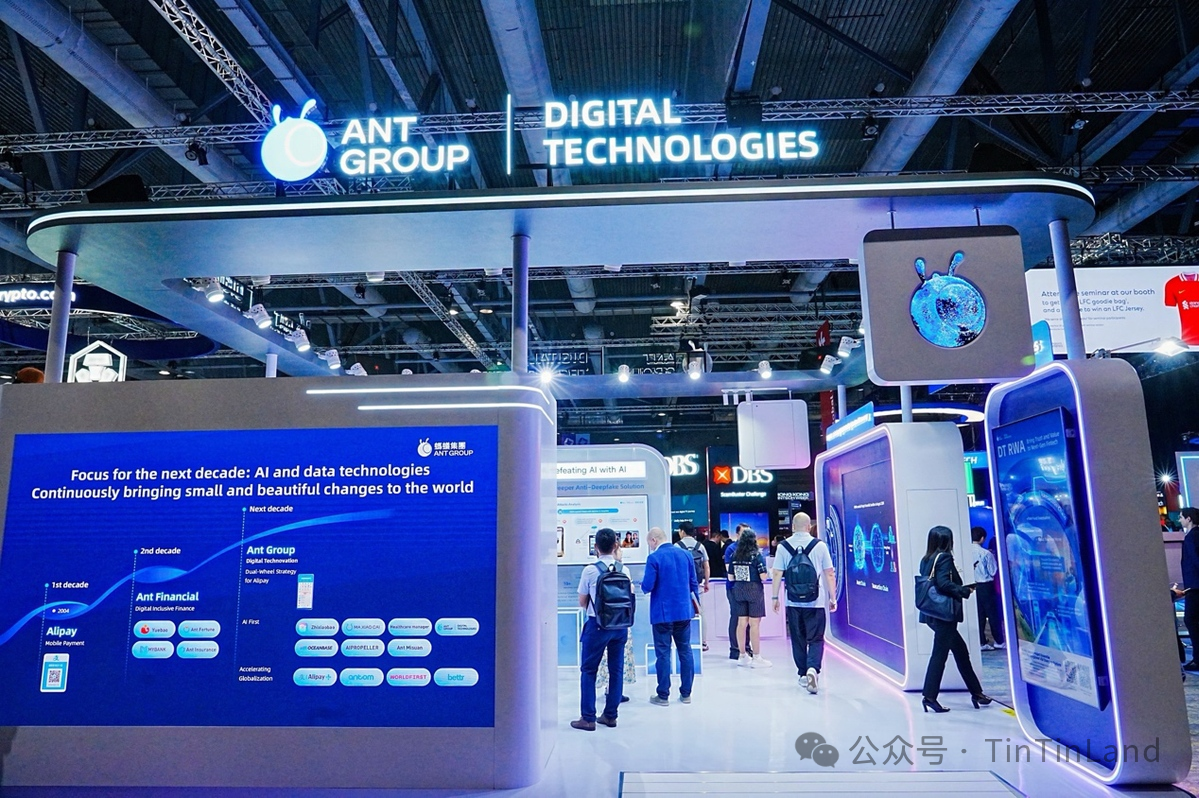
On the technical side, the project cleverly combines IoT and blockchain technology, putting operational data on-chain in real-time, ensuring that asset value and operational information are traceable and immutable. Hong Kong Victory Securities serves as the custodian, providing compliance assurance for the project.
In addition to battery swap cabinets, physical assets and operational data of green electricity facilities such as electric vehicle charging stations, photovoltaic power plants, and wind farms can also be transformed into RWA projects through blockchain and IoT technology.
The combination of digital finance and green finance not only meets the financing needs of enterprises but also promotes the development of low-carbon industries, while laying the foundation for the digitalization of computing power assets (such as AI servers).
New Opportunities for Real Estate On-Chain
If you think buying a house can only be done with a full payment or a mortgage, then you haven't seen "real estate on-chain."
In the world of Web3, property ownership or income rights are registered on the blockchain in the form of digital tokens, enabling assets to be "divisible and tradable." This not only lowers the investment threshold and increases transaction efficiency but also enhances transparency and compliance, attracting global investors to participate.
Dubai Land Department (DLD)
In April 2025, the Dubai Land Department (DLD) collaborated with the Virtual Assets Regulatory Authority (VARA) to integrate the real estate registration system with blockchain, achieving property tokenization. The investment threshold starts as low as AED 2000 (approximately $545). The initial pilot is only open to local residents but plans to gradually open to global participants.
During the pilot phase in May 2025, two sets of apartments' RWA projects sold out quickly, with investors from 35 countries, 70% of whom were first-time buyers in Dubai.
Additionally, Dubai's major developer DAMAC has reached an agreement with the RWA blockchain platform MANTRA to put at least $1 billion in assets on-chain, further promoting the application of digital assets at the local institutional level.

Hong Kong
In June 2025, Hong Kong clearly included physical assets (including real estate) in the category of tokenized assets in the "Digital Asset Development Policy Declaration 2.0." Licensed exchanges can support on-chain trading while allowing banks and brokers to provide related services to retail customers, paving the way for compliant on-chain trading of real estate assets.
The Hong Kong Monetary Authority (HKMA) is also promoting the "Ensemble Plan," exploring the use of Wholesale CBDC and tokenized deposits as the infrastructure for integrating on-chain trading with RWA.
U.S. Stocks On-Chain: The Fusion of Traditional Securities and Crypto Markets
On-chain U.S. stocks refer to the digitalization of stocks of traditional U.S. listed companies, which are publicly issued on the blockchain. They may be backed by physical stocks or established through synthetic assets or price linkage.
When you can trade stocks of Apple and Nvidia on-chain 24/7, the boundaries between traditional securities markets and crypto markets are rapidly merging.
Robinhood Case Study
On June 30, 2025, the U.S. online brokerage platform Robinhood launched U.S. stock and ETF token products based on the Ethereum Layer-2 network Arbitrum for EU users, covering over 200 stocks/ETFs including Nvidia, Apple, and Microsoft, supporting 24/5 trading without paying trading commissions.
Robinhood plans to eventually migrate these products to its self-built Layer-2 blockchain, Robinhood Chain, achieving full-process on-chain integration of issuance, clearing, and settlement.
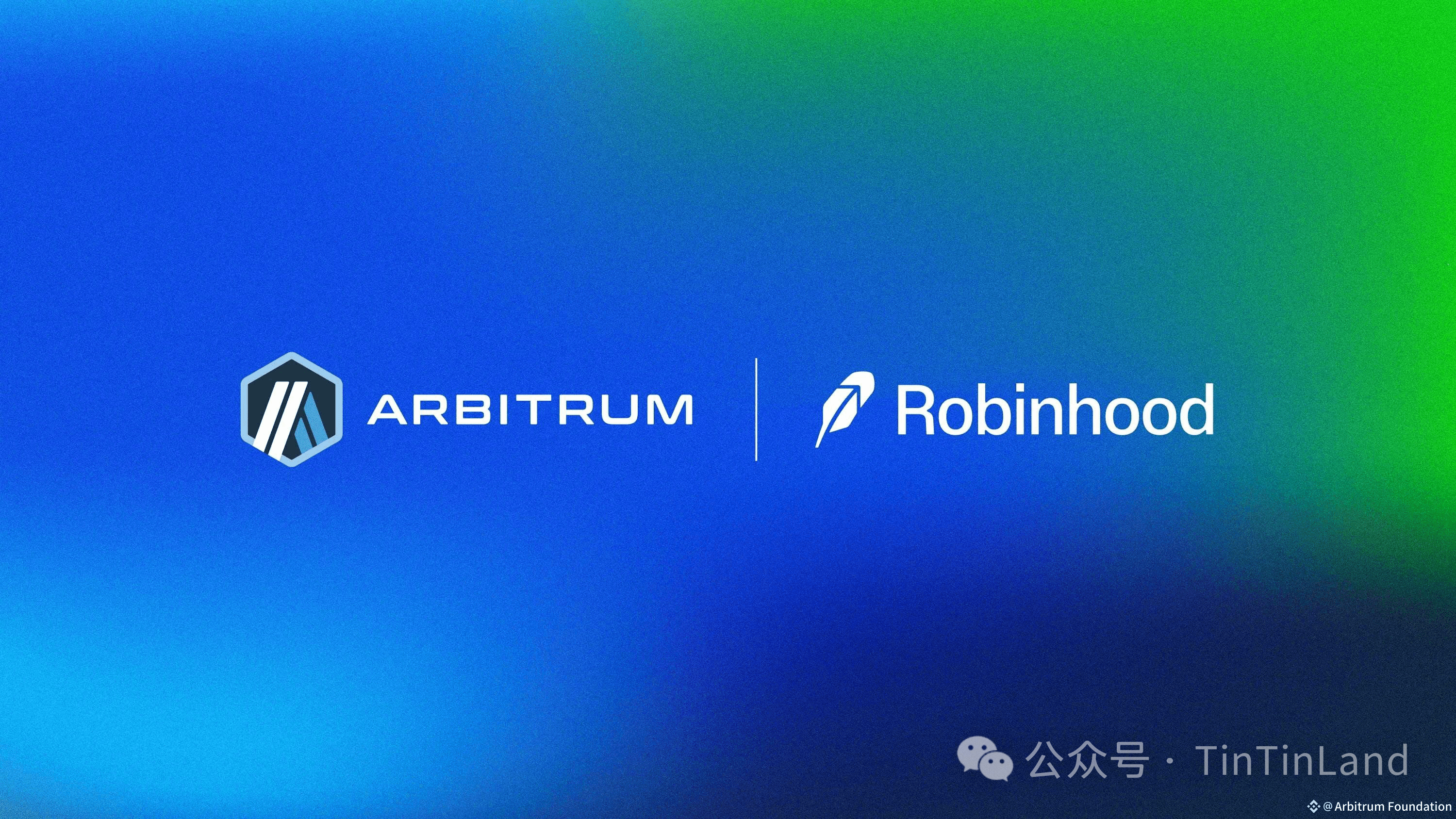
Payment Giants: Seizing Stablecoins and New Payment Networks
If the past payment market was dominated by Visa and Mastercard, stablecoins and on-chain payment networks are sparking a "payment war." Almost all leading payment companies are quietly laying out their strategies; whoever can make stablecoins a mainstream payment tool may rewrite the rules of global capital flows.
Stripe's Secret Development of Layer1 Blockchain
Global payment giant Stripe is secretly developing a blockchain project called "Tempo": a high-performance, payment-oriented EVM-compatible Layer-1 public chain. The project is being driven by Stripe in collaboration with venture capital firm Paradigm, reportedly inviting heavyweight figures such as Paradigm co-founder Matt Huang to participate, demonstrating Stripe's emphasis on blockchain infrastructure.
Although Tempo is still in the secret development stage, its positioning almost directly targets the competition for the future global payment underlying network.
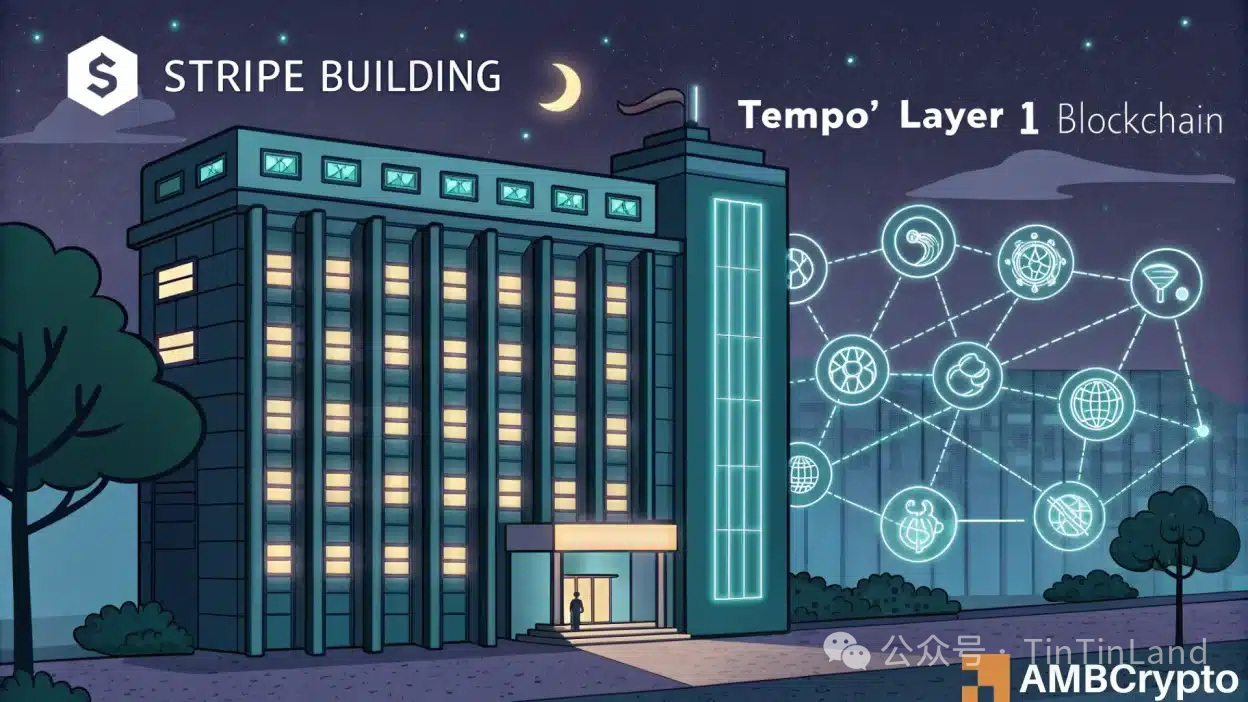
PayPal Launches Stablecoin
Payment giant PayPal has taken the lead by issuing the Ethereum-based stablecoin PYUSD, integrating it into consumer payments and cross-border settlements, reducing traditional payment network fees, allowing hundreds of millions of users to naturally engage with Web3 payments in their daily transactions.
Visa & Mastercard's Counterattack
In response to the challenges posed by emerging forces, traditional payment giants are also actively fighting back. Visa is promoting the application of stablecoins in payment networks, including expanding its Visa Tokenized Asset Platform (VTAP) to support stablecoin issuance and settlement. There are rumors that Visa may launch its own stablecoin (such as "VUSD").
Visa's competitor Mastercard is participating in the stablecoin alliance Global Dollar Network initiated by institutions like Paxos, jointly minting and sharing interest income from the stablecoin USDG, which is linked to U.S. Treasury bonds.

JD.com's Global Ambitions
China's internet giant is also not falling behind. In mid-June 2025, JD.com founder Liu Qiangdong stated that he hopes to apply for stablecoin licenses in major currency countries worldwide, aiming to reduce cross-border payment costs by 90% and improve settlement efficiency to within 10 seconds through stablecoins.
Currently, JD.com's stablecoin is entering the second phase of sandbox testing, planning to issue products pegged to the Hong Kong dollar and U.S. dollar, with testing scenarios mainly including cross-border payments, investment transactions, and retail payments. It is expected to be market-ready as early as the fourth quarter of 2025.
Note: JD.com's stablecoin has not yet been officially issued; the public should be wary of false information and fraud risks.
On-Chain Transformation of Banks and Financial Institutions
As the regulatory environment becomes clearer, especially with the push of the GENIUS Act in the U.S., traditional banks and financial institutions are no longer limited to observation; they are actively laying out their strategies to move deposit, settlement, and payment businesses on-chain, aiming to seize the opportunity in the digital payment revolution.
JPMorgan's Innovative Exploration
JPMorgan has launched a "deposit token" called JPMD and is conducting a pilot on Coinbase's Base public chain.
JPMD is a permissioned token representing U.S. dollar deposits, open only to institutional clients, supporting 24/7 real-time settlement, and has the potential to pay interest, making it a viable alternative to compliant stablecoins.
The project combines JPMorgan's traditional advantages (such as FDIC insurance and compliance assurance) with on-chain payment efficiency, reflecting the bank's exploratory path in the digital payment field.

Citibank & Bank of America's Stablecoin Plans
Both Citibank and Bank of America have confirmed that they are advancing their respective stablecoin plans, aiming to explore more efficient cross-border payments, reduce settlement costs, and provide digital payment solutions for corporate and retail clients.
Citi Bank is considering issuing the Citi stablecoin to support cross-border real-time payments and automated trade financing. Meanwhile, Bank of America has stated that it has conducted extensive research and will seek a "legal and uncomplicated" way to enter the Web3 payment network.
CMB International Launches Fund on Solana Chain
On August 13, 2025, CMB International, a subsidiary of China Merchants Bank, successfully tokenized its Hong Kong-Singapore Mutual Recognition Fund (MRF) in collaboration with Singapore's digital asset trading platform DigiFT and the Solana ecosystem, issuing CMBMINT. This marks the birth of the world's first publicly offered fund based on the Solana public chain. The fund has received simultaneous recognition from regulatory authorities in both Hong Kong and Singapore.
As a subsidiary of a Chinese bank, CMB International may attract more Chinese bank-affiliated brokerages and subsidiaries to lay out in the RWA sector.

BlackRock: Money Market Fund On-Chain
As the world's largest asset management company, BlackRock has been active in the Web3 space in recent years. In 2025, BlackRock launched its first tokenized fund BUIDL on Ethereum, achieving on-chain issuance of high-quality assets such as government bonds.
At the same time, BlackRock plans to put up to $150 billion of its money market fund on-chain through DLT Shares (distributed ledger technology shares), enabling on-chain settlement and direct connection to traditional capital markets.
These fund shares will feature near real-time trading settlement, 24/7 access, and transparent, immutable records, significantly enhancing trading efficiency and laying the groundwork for future digital currencies, on-chain derivatives, and cross-chain financial applications.
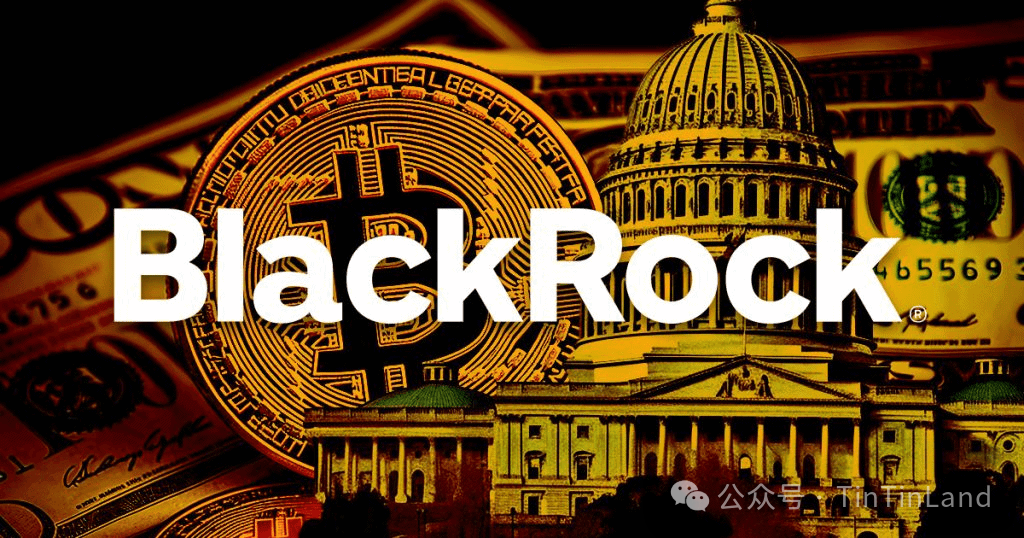
New Payment Options for Retail E-commerce
In the traditional financial system, credit card networks charge retailers high fees and experience settlement delays. Now, e-commerce giants like Amazon and Walmart have a new option: issuing or integrating stablecoins to build their own payment systems, saving costs and improving settlement efficiency.
Amazon and Walmart
Amazon and Walmart are actively planning to issue their own stablecoins to reduce the fees and settlement delays associated with traditional payment networks (such as Visa and Mastercard).
This is expected to lower costs for cross-border and retail transactions while providing the two e-commerce giants with a payment system they can control, enhancing user experience and capital flow efficiency.
Shopify
E-commerce platform Shopify has begun allowing merchants to accept USDC stablecoin payments, completing the settlement framework on the Base chain, and plans to offer cashback rewards for consumers using USDC payments in the future.
Additionally, Shopify supports payments through crypto wallets like Coinbase or MetaMask on its platform, helping merchants reduce foreign exchange and multi-currency transaction costs, achieving a more convenient and low-cost on-chain payment experience.
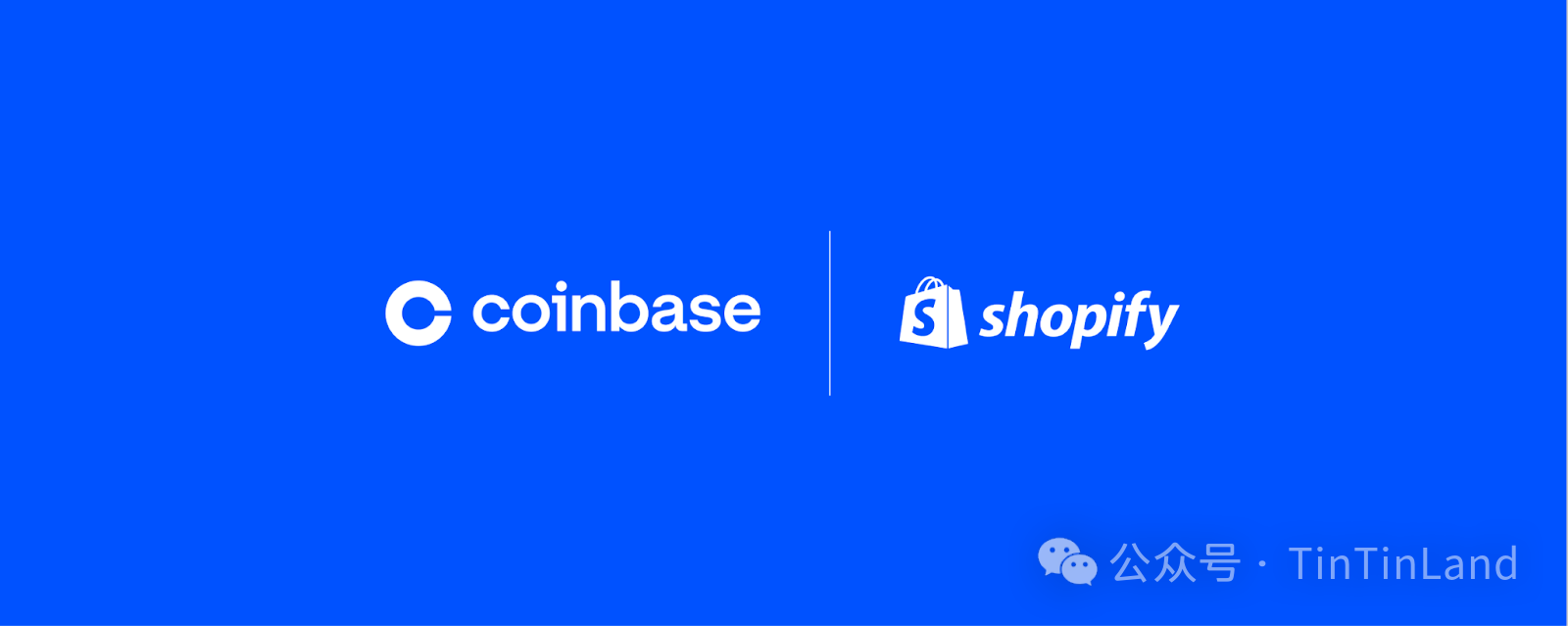
Conclusion
After reviewing the Web3 sector layouts of these traditional industries, do you also feel the urgency of transformation?
From new energy to traditional finance, from payment giants to real estate, we are experiencing an unprecedented industry reshaping. Once mere observers, they have now become active participants and promoters; Web3 is profoundly changing their business landscape and bringing new possibilities to the entire industry.
As the wheels of time roll forward, looking back at this point in 2025, we may be witnessing the birth of a new chapter!
免责声明:本文章仅代表作者个人观点,不代表本平台的立场和观点。本文章仅供信息分享,不构成对任何人的任何投资建议。用户与作者之间的任何争议,与本平台无关。如网页中刊载的文章或图片涉及侵权,请提供相关的权利证明和身份证明发送邮件到support@aicoin.com,本平台相关工作人员将会进行核查。



